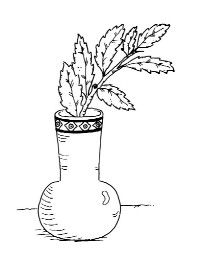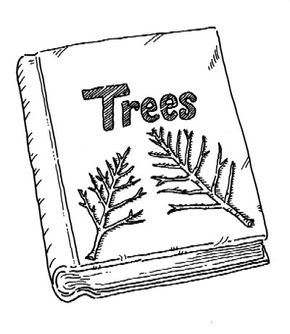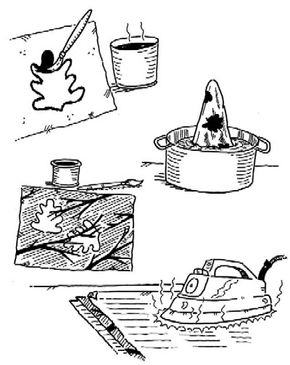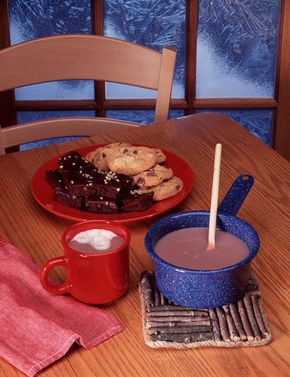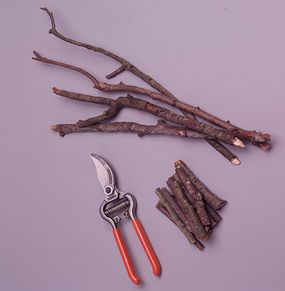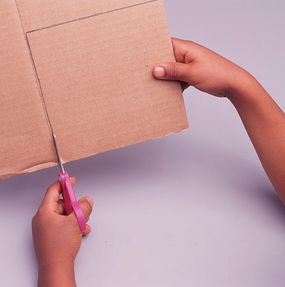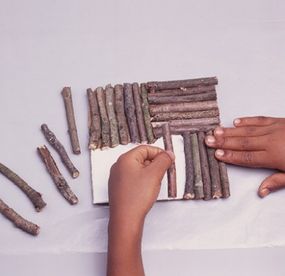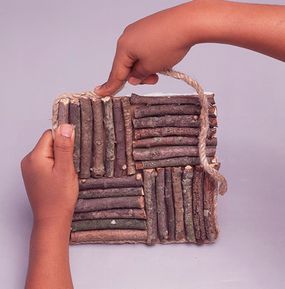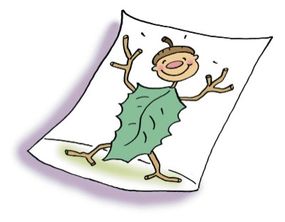There's no better way to connect with nature than to get up close and personal with a tree -- and the tree crafts for kids found on the following pages are a great way to get started.
You'll find a variety of different techniques for learning about trees and creating fun and interesting crafts from bark, leaves, and wood. Whether you're starting a wood collection or making a trivet, crafting a book cover or learning the meaning of "leaf skeleton," the crafts described on the following pages are enjoyable for kids of all ages.
Advertisement
Check out these great crafts:
Bark casting is a way to capture an impression of tree bark. Find out how it's done.
No, a leaf doesn't have bones, but it does have a skeleton. Learn how to use it for a decoration.
Every type of tree has a different pattern of wood. Check out how to start a collection.
Preserved leaves have a beautiful bronze color. Find out how to create the look.
Learn to batik -- a centuries-old craft that uses wax and dye on fabric. Leaf shapes inspire the batik of this project.
Gather twigs from outside and make a twig trivet for your house. Find out how.
Plan a family outing and then create leaf people. See how to make them.
Start the fun with bark casting -- a way to capture the impression of tree bark. Keep reading to learn how.
For more fun nature activities, check out:
Advertisement
